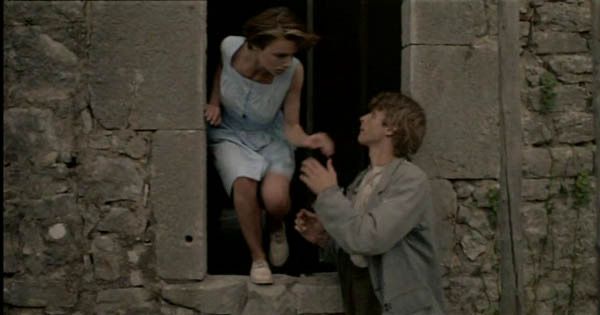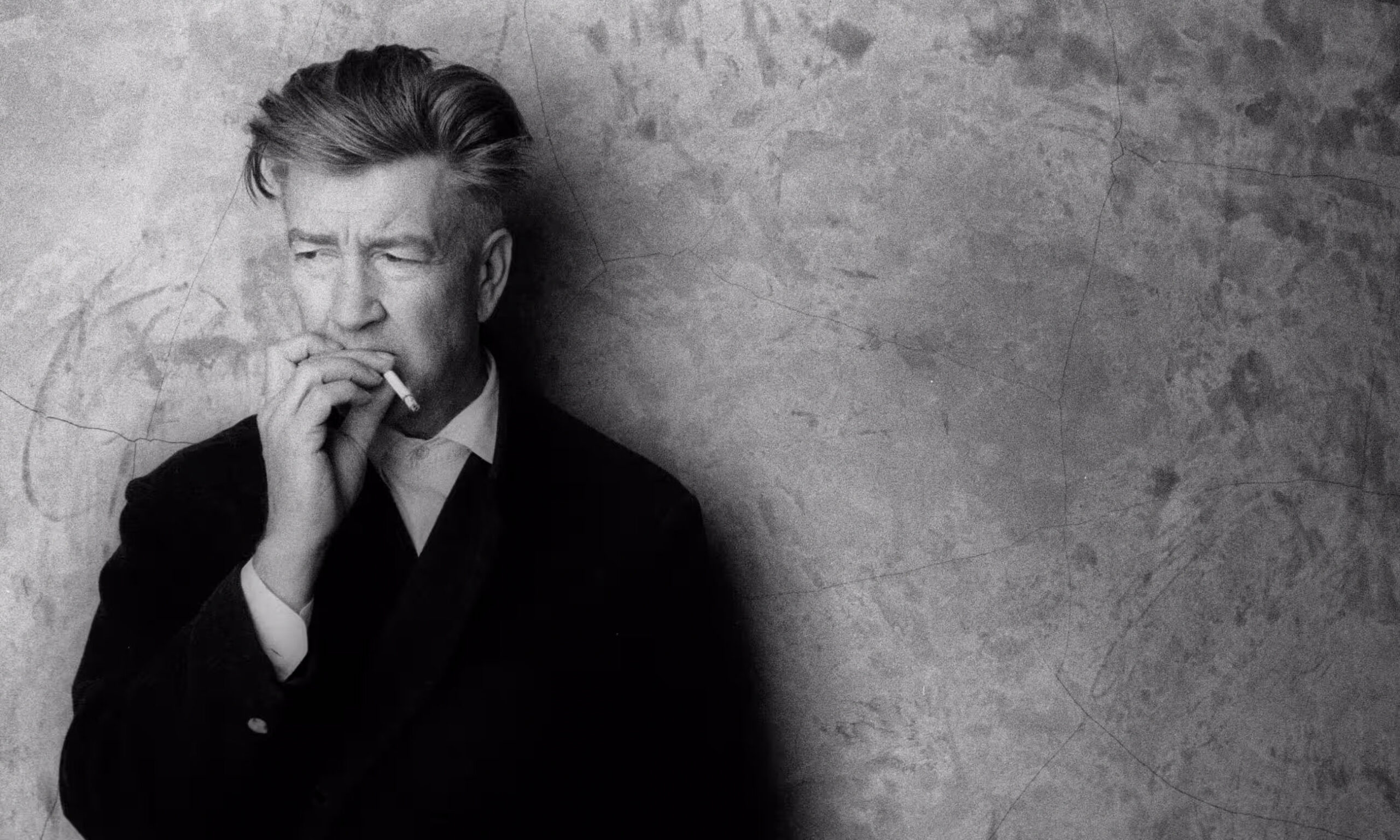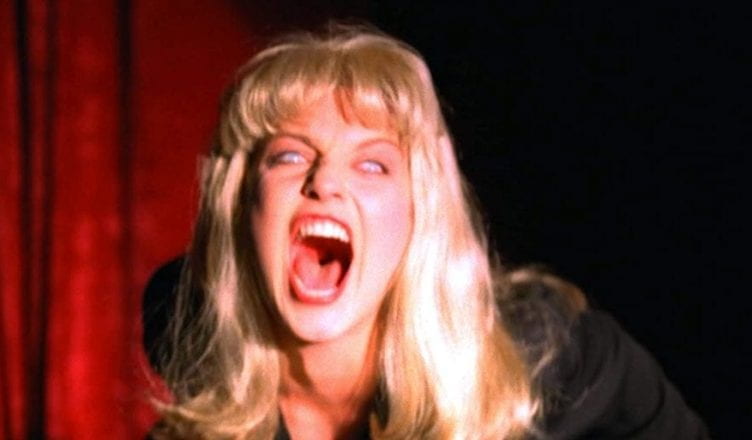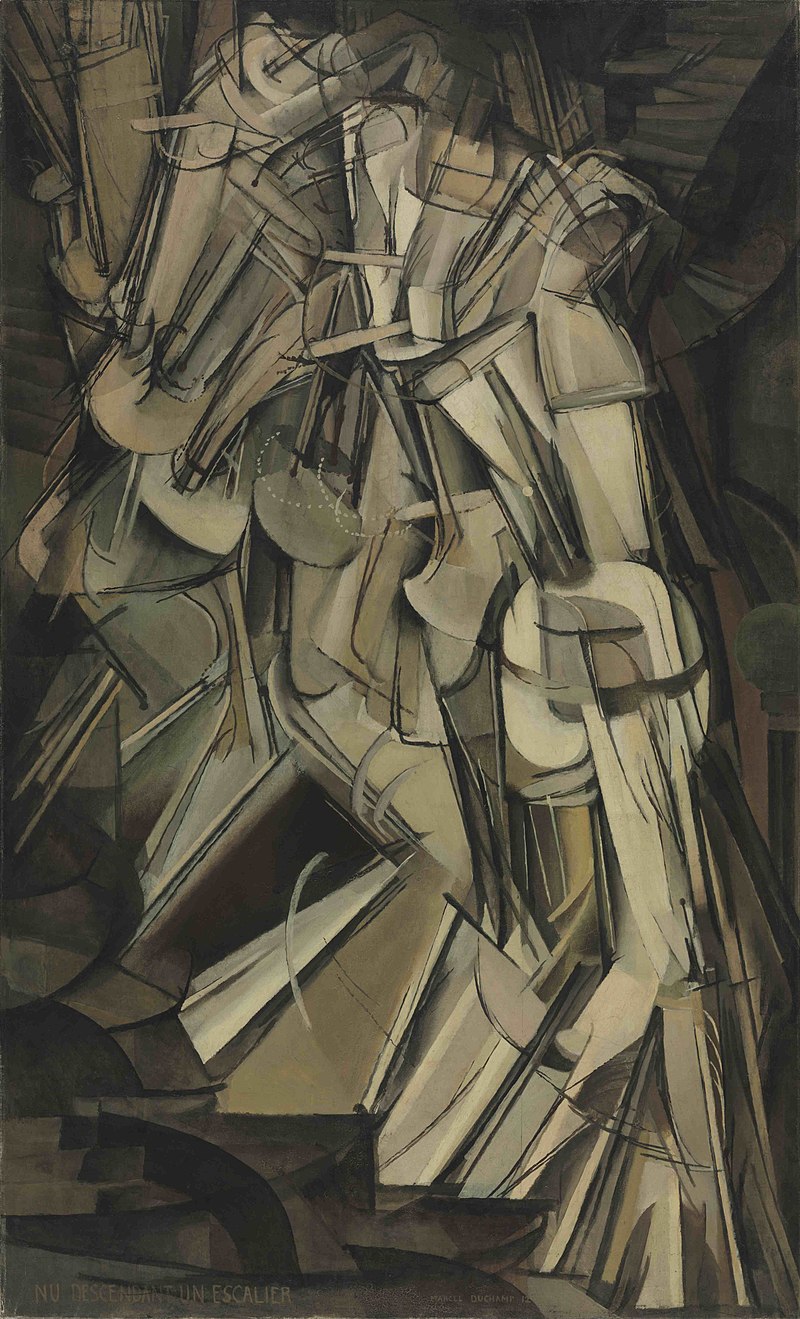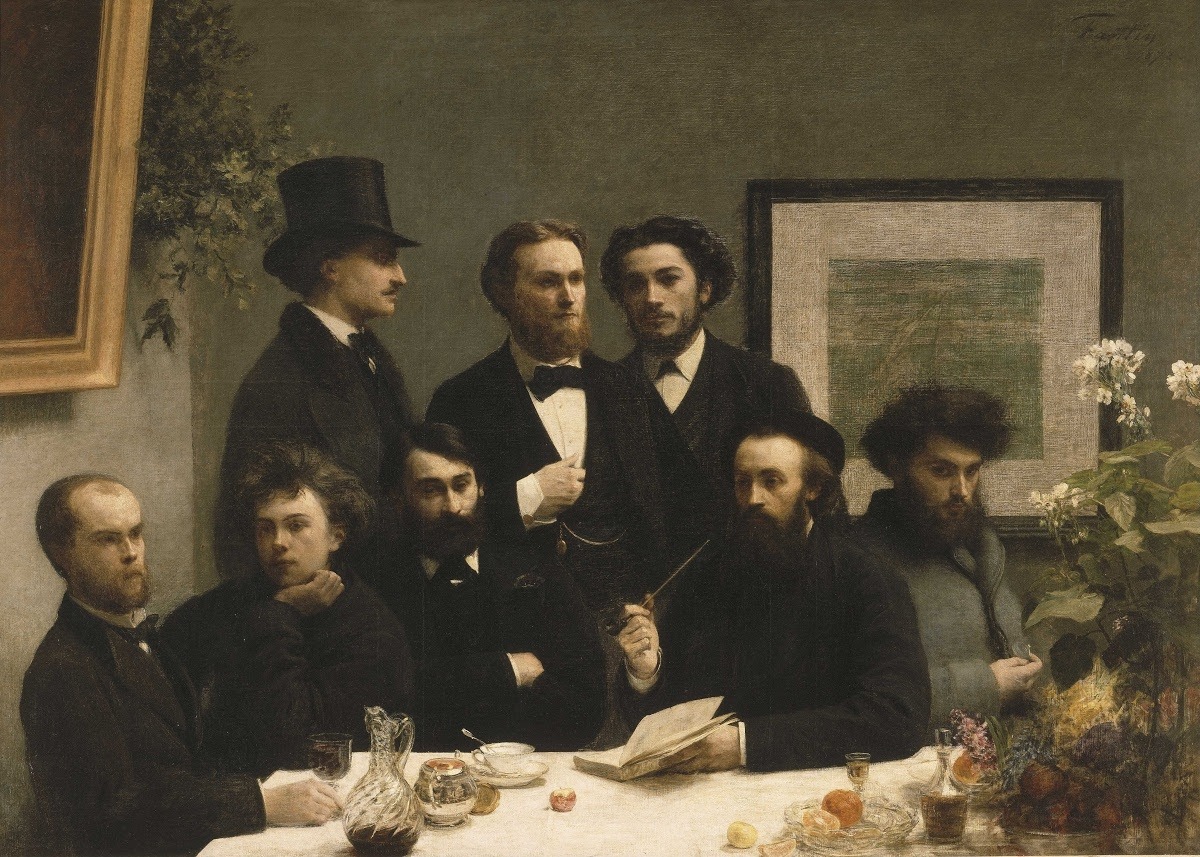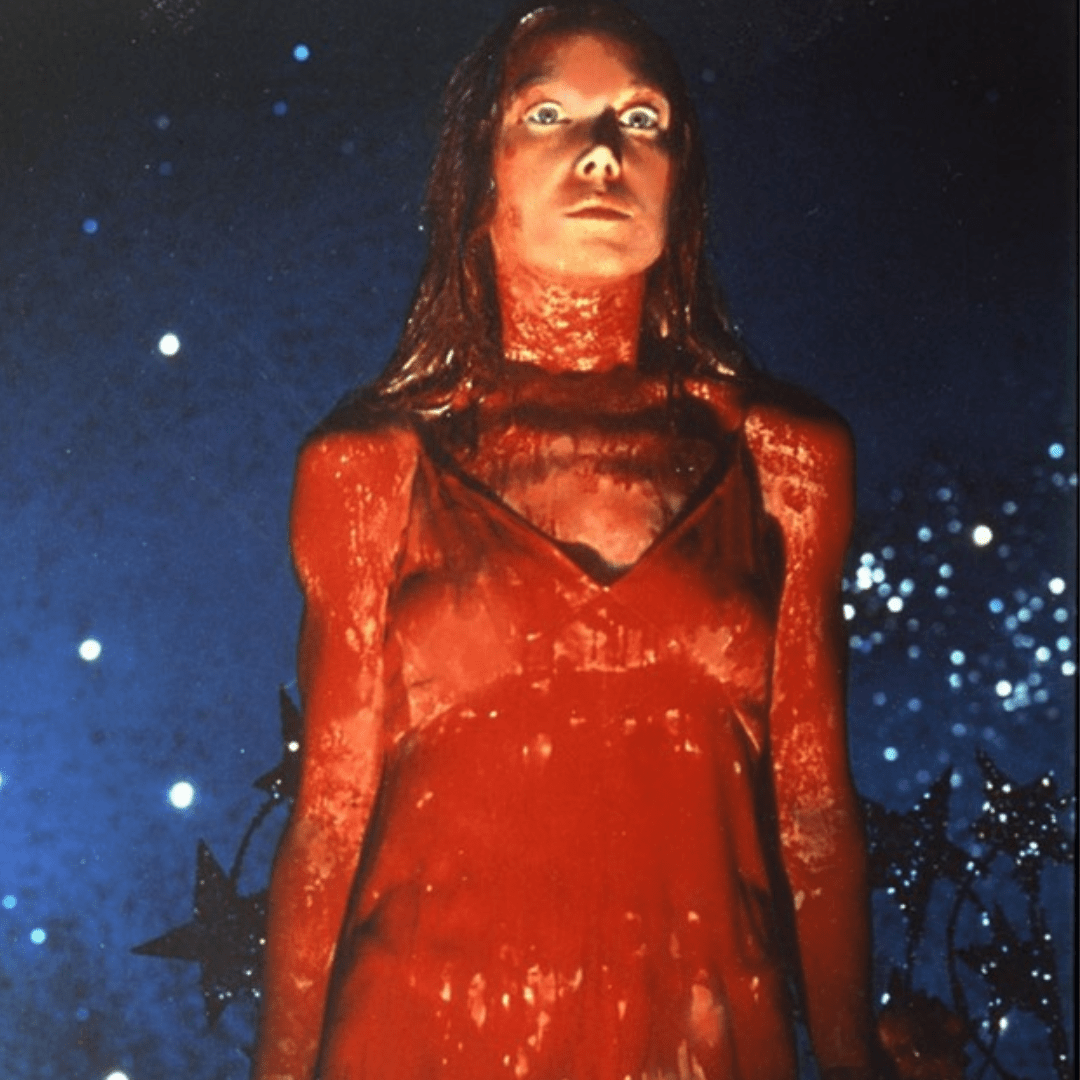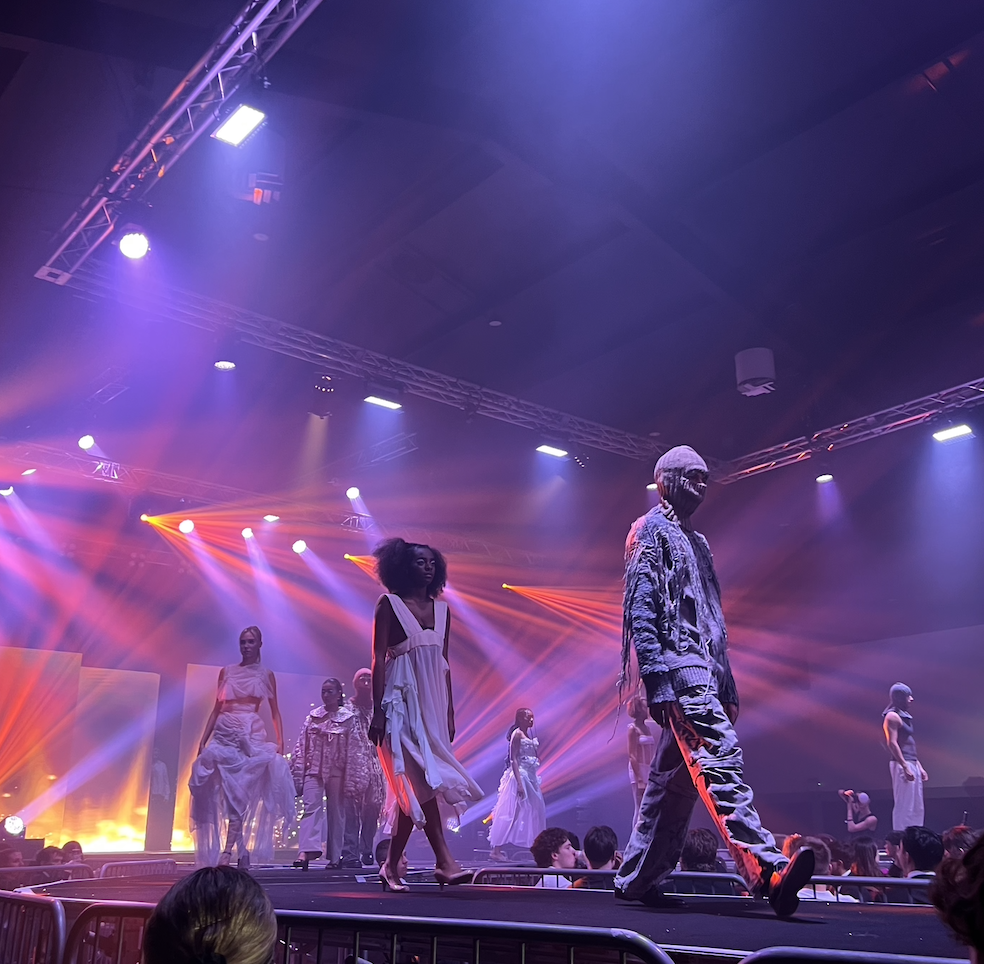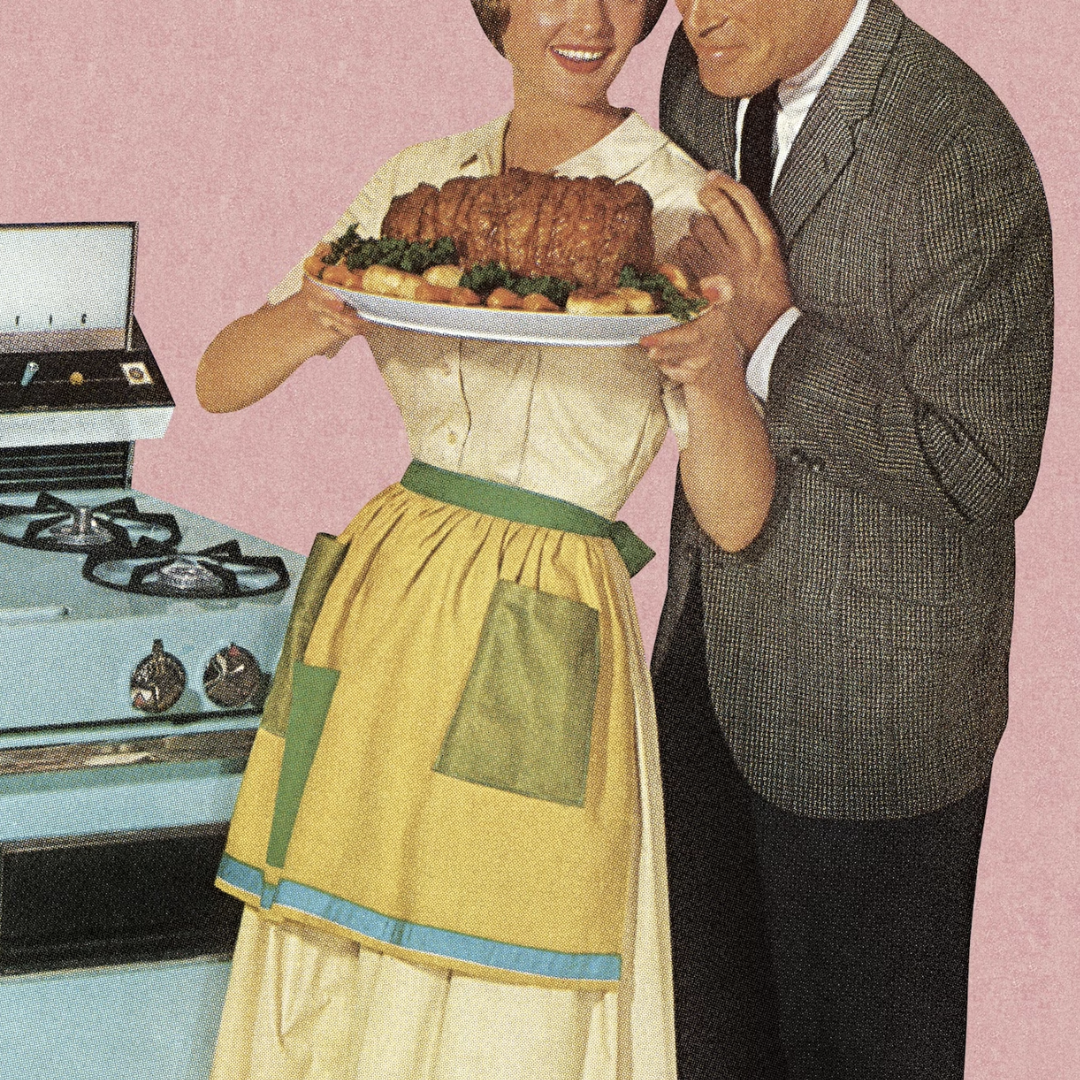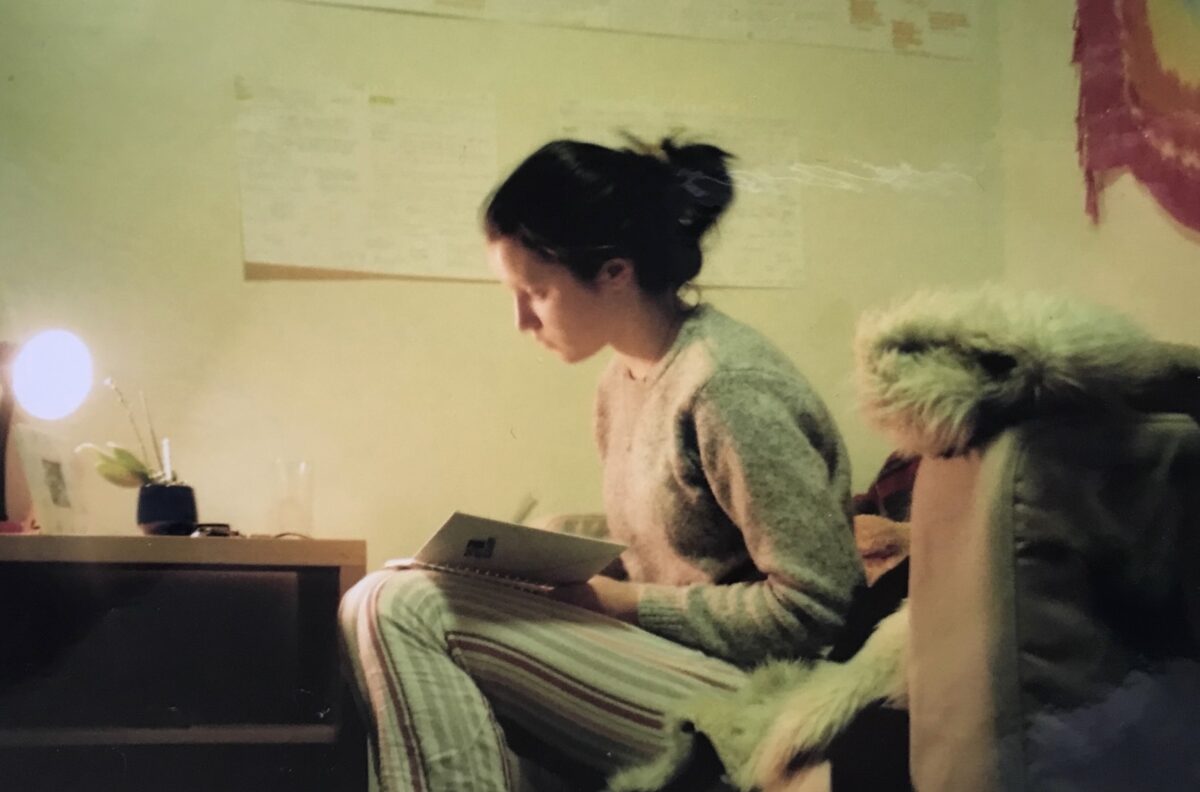By Maisie Jennings
‘Emerald Fennell and Sam Mendes are a scourge on British cinema’; this is the polemic expressed by my friend Jack in a Bethnal Green wine bar. We are a few pints and half a bottle of wine deep, and they are lamenting the state of contemporary British filmmaking. I had seen the stills leaked from the set of Fennell’s upcoming film adaptation of Wuthering Heights, in which 34-year-old Australian actress Margot Robbie plays 18-year-old Catherine Earnshaw alongside Jacob Elordi as the brooding Byronic figure of Heathcliff. Fennell’s casting is divisive – central to Emily Brontë’s novel is the violent, metaphysical romance between Cathy and her adopted brother Heathcliff, who is described in the book with ethnically ambiguous terms, referencing his ‘dark’ skin and ‘gipsy’ origins. Arguably, Heathcliff’s non-white racial identity is essential in fuelling the complicated and fraught dynamic between him and Cathy, pulsating with shame, subjugation, and an ineffably spiritual connection.
I’ll admit, I’m not too optimistic towards Fennell’s adaptation, particularly her handling of the class dimensions in Brontë’s text. Her last film, Saltburn (2023), offered a stylish, yet ultimately substance-less satire of the British aristocracy. What’s made clear, however, is Fennell’s commitment to provocation – mostly through blunt stabs at the erotic, which never really come to climax. Indeed, the promotional images for Wuthering Heights (2026) feature an illustration of one skeleton going down on another. While I’m not necessarily against an added psychosexual emphasis to the source material, the absence of sex in the novel was not merely a result of repressive Victorian morality, it was paramount in establishing the book’s extraordinary sadism – transcending bodies, surpassing death. The explicitly sexual ‘first looks’ at Fennell’s project might also invite audiences to interpret Cathy and Heathcliff’s relationship as romantic; let’s be clear, this is not a love story.
Much of the online discourse surrounding the film also concerns anxiety towards its historical accuracy. Daisy Jones, for British Vogue, defended Fennell’s inaccurate costume design – advocating for ‘fun’ and ‘whimsical’ approaches to period films because fiction is, after all, only fiction. Fennell’s casting director, Karmal Cochrane, offered a similarly shallow response to the backlash, saying that there is no need for accuracy because the original source material is ‘just a book’ and not based on real life. Of course, directors do not owe us an exact historical approximation. The intentional inclusion of anachronism in historical films is not always an inherently bad thing, it just has to be good. Interpretation is variable and cinema’s fecund ground produces endlessly diverse adaptations of original source material, prompted by the creative agency and artistic licence of directors. The criticism towards Fennell’s choices are not intended to dispute this fact, rather, the importance of interpretation rests, as ever, in its appreciation of source material, its generative, constructive element to the plot, and its execution. I’m dubious of Fennell’s commitment to these first two criteria, as for the third, we will have to wait and see.
A week after my conversation with Jack, we met at the Institute of Contemporary Arts, hidden just off the Mall by St James’ Park. They had invited me to a screening of Jacques Rivette’s Hurlevent (1985), a more stylistically classical, obscure film from the French New Wave director. It was the first time I’d seen a film on 35mm print, and while this made me feel enormously intellectual, it also created an elliptical, dreamlike atmosphere in which passions between Catherine and Roch (Rivette’s Heathcliff) oscillate like the tossing and turning of waking from a nightmare. Rivette loosely transposes the first half of Bronte’s novel onto the austere Cévennes countryside in 1930s France. Interior shots of the dark, stone farmhouse, functioning as a prison for its inhabitants, are contrasted with the barren plains of Southern France – recalling the bleak, untamed landscape of the Yorkshire Moors where Brontë sets her brutal novel. Rivette’s mise-en-scene is sparse and minimal, underscoring the isolation of his protagonists and their entrapment within an unforgiving rural microcosm of wider class stratification. His choice to set the film during the interwar period is also strangely effective; we can tell through the costuming that Hurlevent is set in a more recent past, but it feels so remote and gothic that it becomes impossible to comprehend the setting as modern. Grand sweeping shots of the landscape, accompanied by haunting Bulgarian choral music at epiphanic moments in the film’s narrative also serve as another anachronism that provides a new texture of alienation.
Most importantly, Hurlevent also demonstrates Rivette’s extremely faithful reading of Brontë’s text. Rivette, in an interview for Senses of Cinema, stated that he was struck by the fact that, at the time, nobody had made a film adaptation featuring actors that were actually the age of the characters in the novel. The youthful theatricality of the teenage actors Rivette casts creates the sense that they are play-acting an adulthood far beyond their years – their squabbling, teasing, and exceptional cruelty towards one another only amplifies the tragedy of their fates. Although some English Literature students may find Roch (Lucas Belvaux) too blonde and boyishly handsome, this is rectified by his return to Hurlevent as a newly affluent businessman, consumed by his desire for vengeance. Rivette’s Roch in the latter part of the film is cold, sadistic, and brutally violent – probably the most terrifying interpretation of Heathcliff that I’ve ever seen. Refreshingly, Hélène (Rivette’s Nelly, played by Sandra Montiagu) is age-adjusted too – she is only in her early twenties and forms the film’s most central, grounding figure.
Hurlevent is an unbearably emotional film; Rivette renders the dynamics of Brontë’s novel with such emotional intensity and affect that, at some points, it becomes difficult to watch. This is exactly how I feel in my reading of Wuthering Heights, a book so muscularly cruel and abusive that reading it feels nearly devastating. To me, this is at the heart of interpretation. An effective execution of a director’s artistic interpretation of source material and the intentions behind inaccuracies and anachronisms must culminate in constructing a powerful emotional response in the viewer that aligns with, or amplifies, the intention of the author or artist.
A director could stage source material in variously diverse and unexpected ways – think of the playful Beverly Hills setting of Clueless (1995), loosely adapted from Jane Austen’s 1815 novel Emma. It can only work effectively, however, if the viewer is transported to the emotional and thematic landscape painted by the original author. Wuthering Heights might be ‘just a book’, but any good adaptation appreciates the themes and dimensions that are essential to the original text, despite major or minor liberties.

